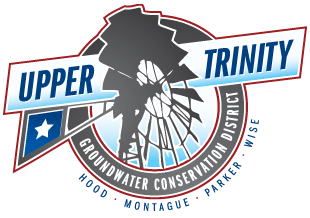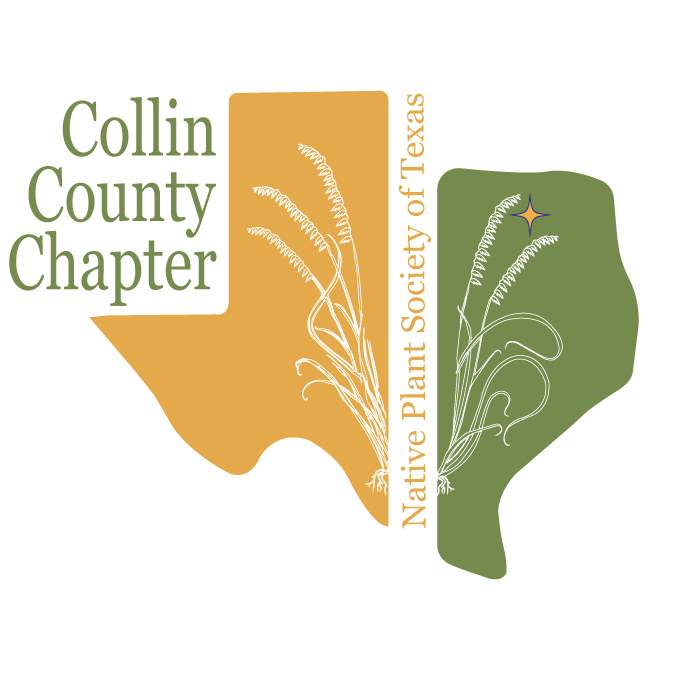March 26 @ 6:00 pm – 8:00 pm
Are you ready to dive into the fascinating world of groundwater? The Upper Trinity Groundwater Conservation District will provide an update on our precious aquifers and resources in North Texas. As a special bonus, they will be sharing resources on native plants for our ecoregion, provide details on their water quality testing, geophysical logging, groundwater studies, the district’s well monitoring program, the water education trailer, and the annual rainwater harvesting grant program. Staff will be available afterwards for questions as well as rainwater contractor resources.
Jill Nicole Garcia is a professional geoscientist with the Upper Trinity Groundwater Conservation District. She has coordinated outreach events, educational initiatives, and grant programs at their Springtown office for the last three and a half years. Her education background includes graduation from Tarleton State University with a Bachelor’s of Science in Geology, followed closely by her Master’s of Science in Geosciences with a concentration in Sedimentology & Stratigraphy from Texas Tech University. She recently had a special publication bulletin published by the Society for Sedimentary Geology on the tectonic history of the Ancestral Rocky Mountains. In her free time enjoys hiking and the outdoors with her husband Alexander and their two dogs.
Meeting Details:
Location: Mount Pleasant School, 213 Raymond George Way, Weatherford, Texas.
- 6:00 p.m. Chapter Business Meeting
- 6:30 p.m. “Groundwater, Rainwater and Everything in Between”, Jill Nicole Garcia, Upper Trinity Groundwater Conservation District

Related Events
-
No Meeting, Happy Holidays!
December 9






